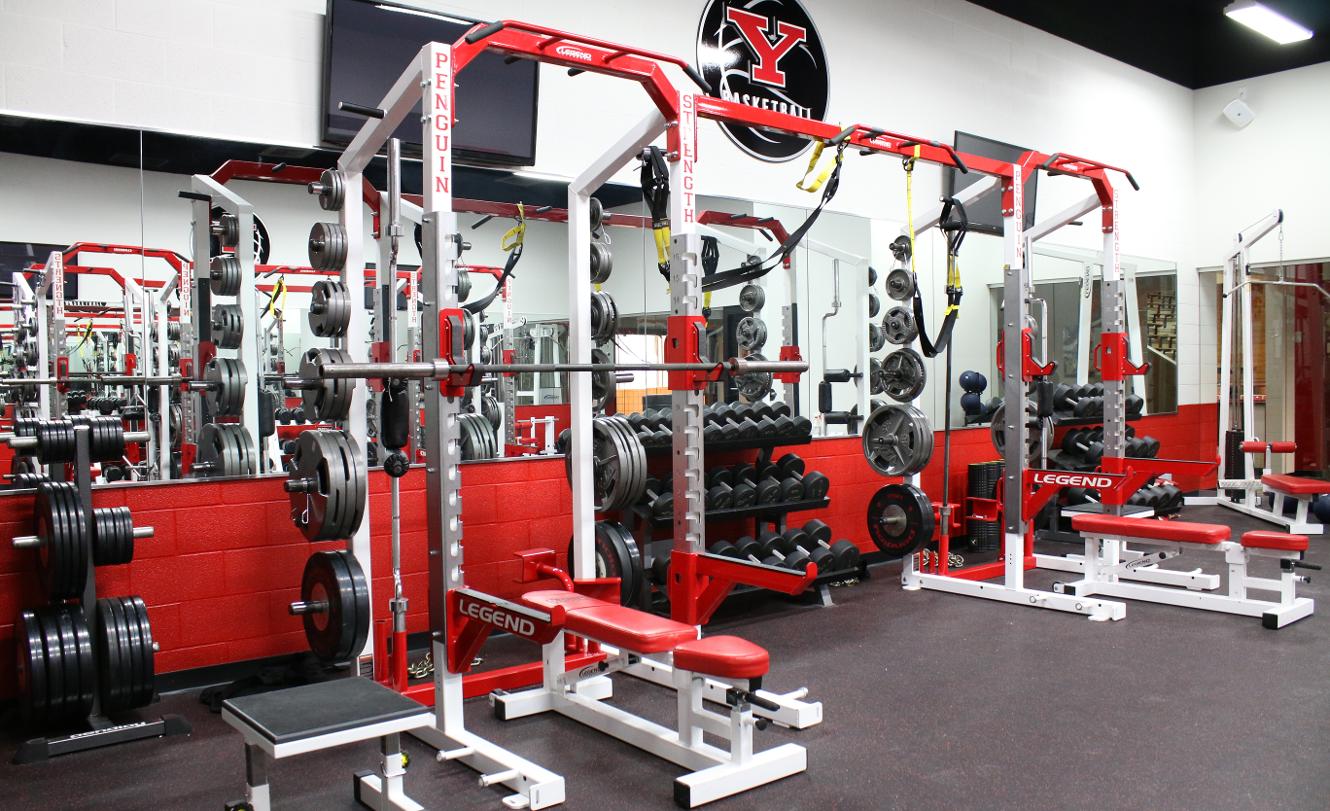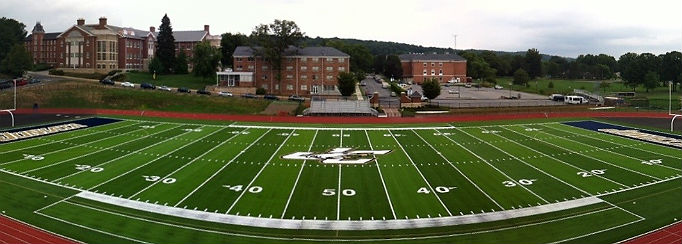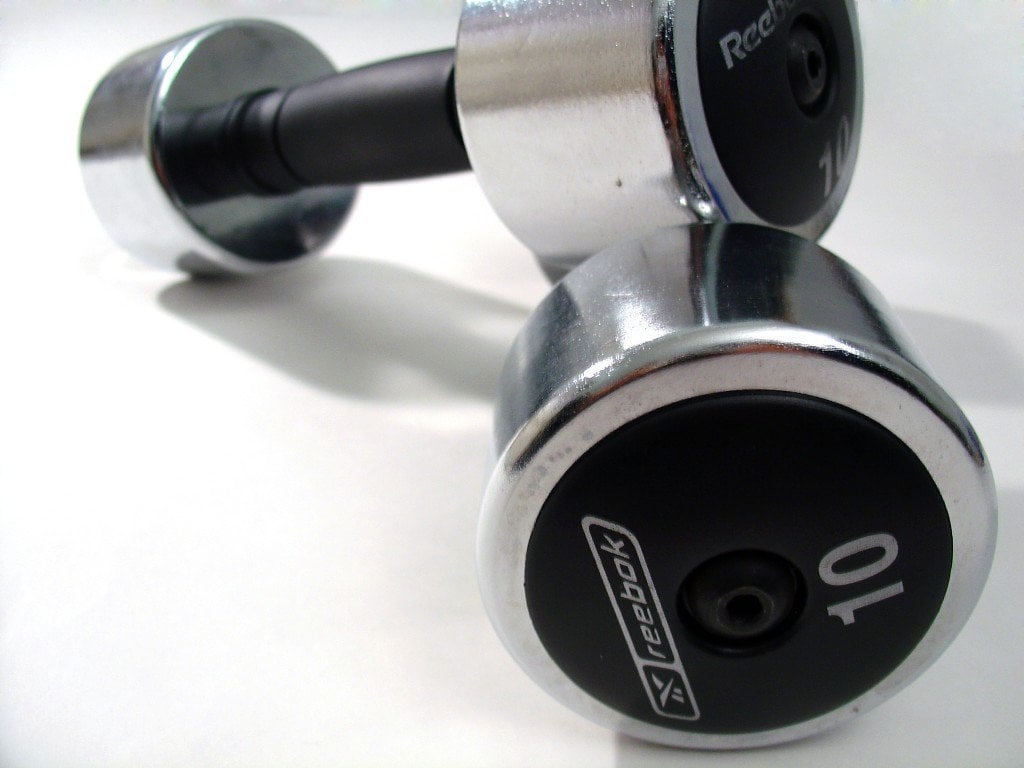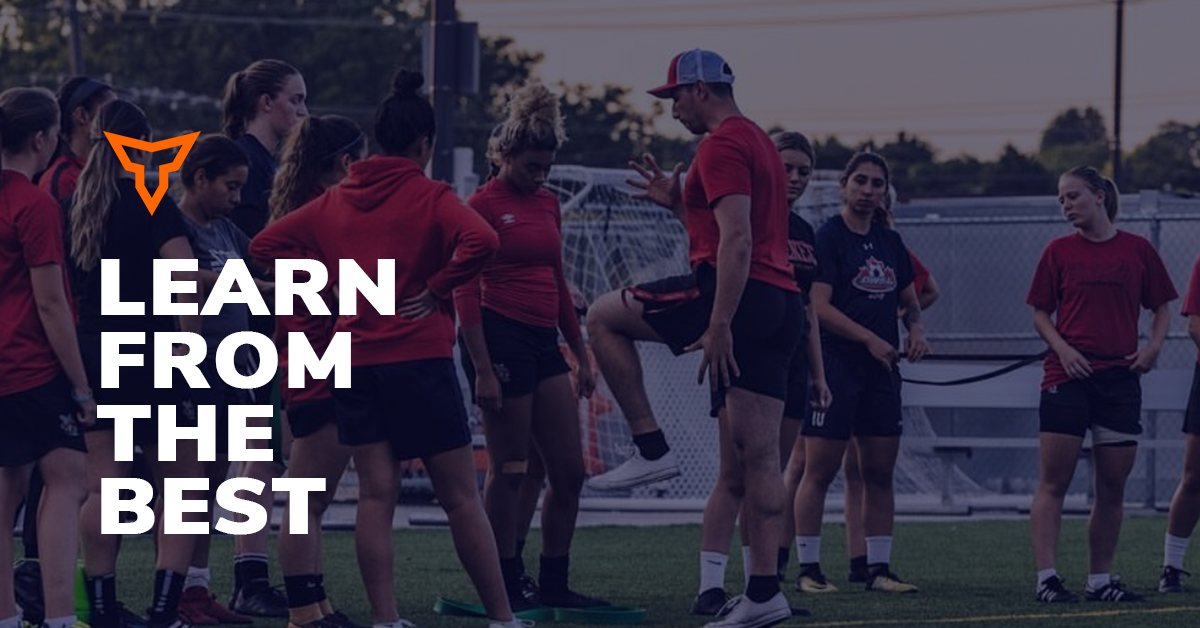Track and field is one sport that requires a wide variety of abilities to be successful depending on the events one is competing in. You have sprinting, jumping, hurdling, distance running and throwing all as mainly individual events. Then you have a select few that are multi-event competitors and even a smaller segment that will compete in the heptathlon or decathlon. There are a lot of moving parts to wrangle in and keep in order which is why communication between all areas of the coaching staff, strength staff, and sports medicine staff should be a very high priority!
What should be expected of your athletes?
To work, and work hard. The track season, at the DIII level, starts up in November and goes (hopefully) close to the end of May depending on how teams and individuals do in their respective events. This calls for early morning training sessions in the weight room and evening practices on the track that can last 2-3 hours depending on events. With all this stress on the body, recovery is of the utmost importance. Making sure they are taking in enough of the right calories and staying on top of their hydration are key. Extra stretching/mobility sessions, or getting in the hot/cold tubs are a must to keep the body healthy and ready to compete.
Athletes need to communicate with coaching and support staff about any nagging issues. Last time I checked, I can’t read minds nor do I have X-ray vision (Any coaches out there that have developed this, please teach me your ways!). This will allow us to change up training, practice sessions, or potentially add in some prehab/rehab to be proactive versus reactive. In turn, keeping the athletes available to compete and push towards their competitive goals.
Working in the collegiate realm, time management is a major hurdle that a lot of athletes struggle with. Knowing the faculty and staff around campus who are in the student/academic services area is a huge plus. These are the individuals you can point to for the athletes that may be having trouble. It is on the student-athletes to make sure they are getting their course work done and in good standing with their academics but they might not know who to go to.
What are the best ways to incorporate strength training into your program?
This is the time you need to sit down with the coaching staff and hash out the details of the various specialties that make up a track and field team. You are going to have a wide variety of opinions when it comes to “off the track” training. Some are going to want specific periodization methods, some specific plyometric drills, and others may want their athletes in the gym as little as possible. You need to educate them, as needed, on the importance of proper progressions (or regressions) as you work on the development of the athlete. As the S&C professional, make sure to explain that as the team changes from pre-season to in-season status, so too does the training emphasis of the team and the various events.
Pre-season is a great time to develop general strength qualities as needed. This also a time to educate both athletes and coaches alike on the importance of sustained strength training and its importance on the reduced risk of athletic injury. As gears shift to in-season training, you need to have another discussion with the coaching staff about which meets the athletes should be peaking for and which meets they can train through. There are weeks that can be geared more towards continued development of the athletes versus hitting a taper/peak week for their events. These are what coaches use as “training or tune up” meets to get an idea where the athlete(s) is at. These weeks are also a great time to get a little extra “heavy” work in. Whether the emphasis is on the explosive/power development side or more on the strength end of the continuum, this can be solely based on the needs of the athlete.
As the season wears on, coaches need to be sure to emphasis the importance of proper recovery strategies; SLEEP and hydration. Indoor and outdoor sections of the sport come with their own set of hurdles for the coaching staff. Ensuring lines of communication are open amongst coaches, things should go relatively smoothly (fingers crossed)! With collegiate track and field being such a long season the athletes have to carry their weight in this process. We, as coaches, can put together a great program but it means nothing if the basics are not being taken care of.
How can you adjust your mobility and plyos based on the technique of your athletes?
Start with the basics and progress from there. I know this is kind of a common sense answer, but everyone can always use continued work on perfecting the basics. Whether it is landing or jumping mechanics, this will re-instill some good practices to prepare them for the more complex movements.
As for specific techniques? This is one thing I let the sport coaches change as they begin to dive into their progressions for practices. There are specific positions they are looking for relative to the event. But, this is a great opportunity to ask what they would like to see in the future. This will be very useful as athletes’ progress through the track program and your training program.
Hips and hamstrings are the two areas that I spend a lot of time on. As they both play a pivotal role in just about every event! Most athletes are going to have some issues with either one of these areas either coming in as a freshman or training throughout the year. As the seasons change more specific attention can be given as you, the athletes, or the coaching staff recommend. Communication on all fronts is a must.
How can you train injury prevention around poor range of motion or motor dysfunction?
Track and field is a dynamic combination of sporting events. As mentioned before, there is a lot of running, jumping, and throwing mixed into a long day(s) of competition. Trying to prepare athletes for this venture requires a lot of pieces.
A major part of our job is to reduce the risk of athletic injury that can be hindered by poor movement mechanics and range of motion (ROM) and poor ROM’s are common with this group of athletes. The use of movement assessment tools, if you have the staff and time, are a great option on gauging a starting point. I take the approach of blanket coverage to hit major areas of interest then assign specific movements on a needs basis. Is this the right way to go about it? Some might not agree but this is what works for me and my situation. Not trying to beat a dead horse, but I have to come back to communication again. Athletes need to be open about how they are feeling individually and coaches need to communicate what they are seeing from their athletes during practice sessions.
In closing, track and field can seem to be a bit of a bear to work with. Having such a wide variety of athletes, all with their own specific needs/demands relative to their events can seem daunting. But, having great working relationships with coaches and athletes alike make things sail as smooth as possible.
Subscribe to our blog
Subscribe to receive the latest blog posts to your inbox every week.
Related posts

Connecting the Training Room With the Weight Room

Pennsylvania State & Juniata College Strength and Conditioning Clinic 2015


